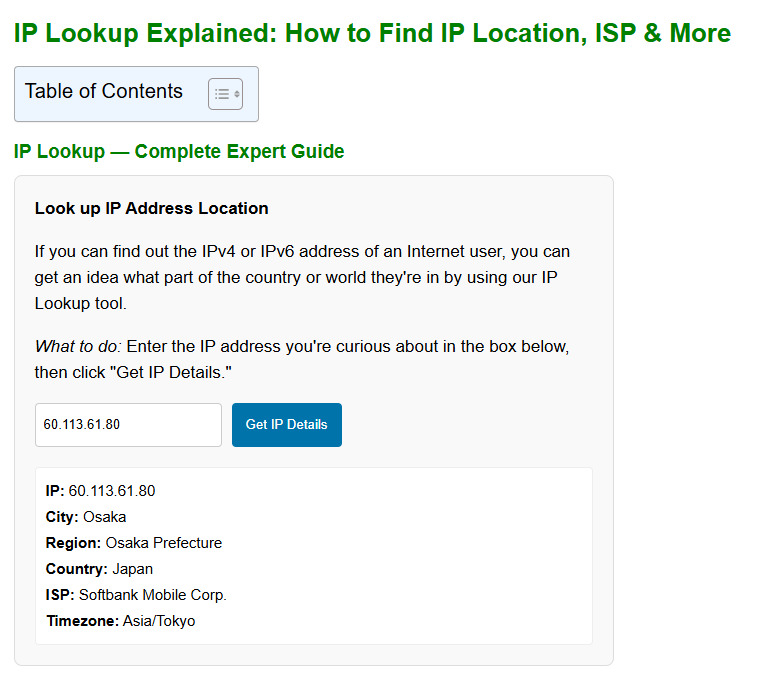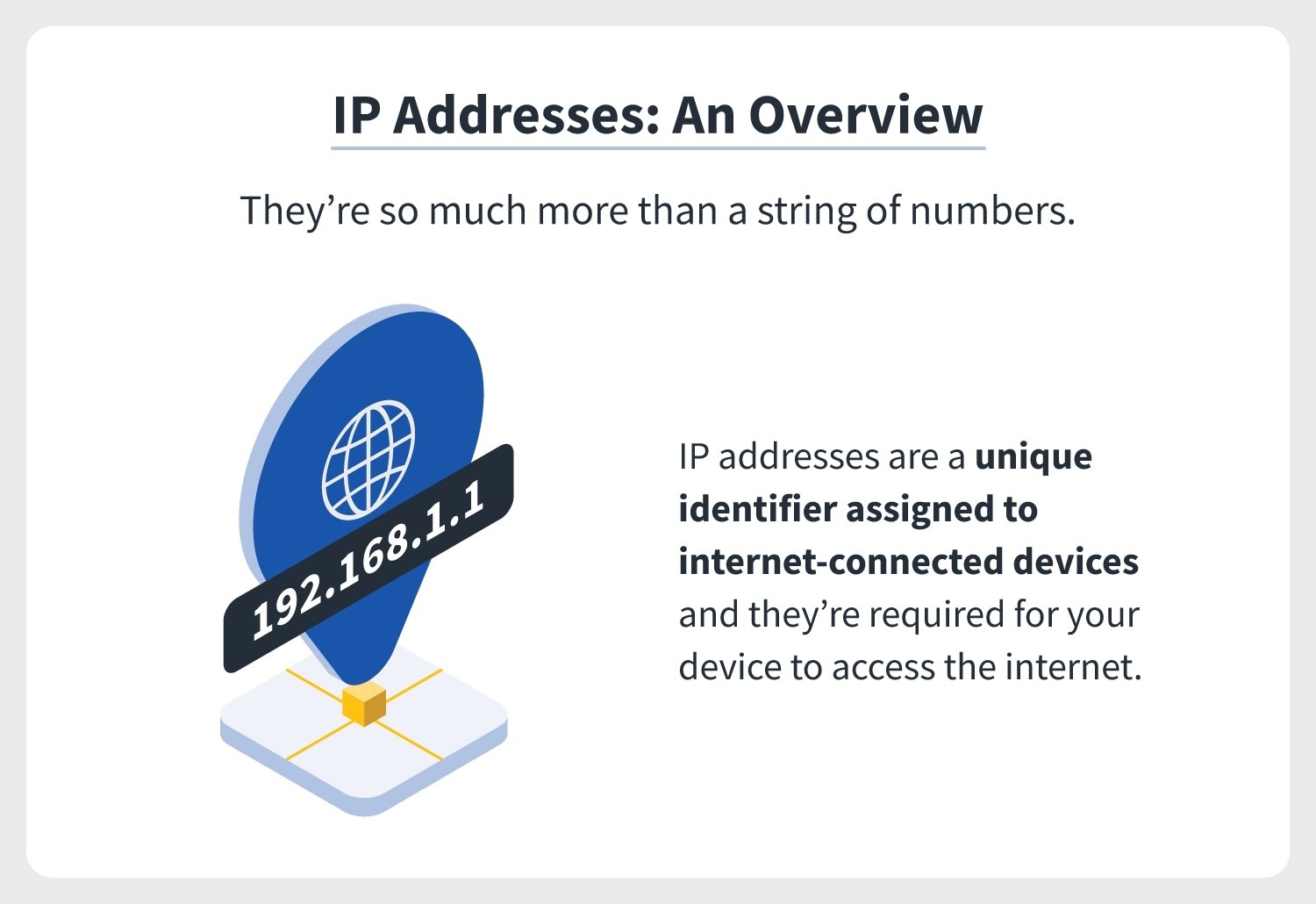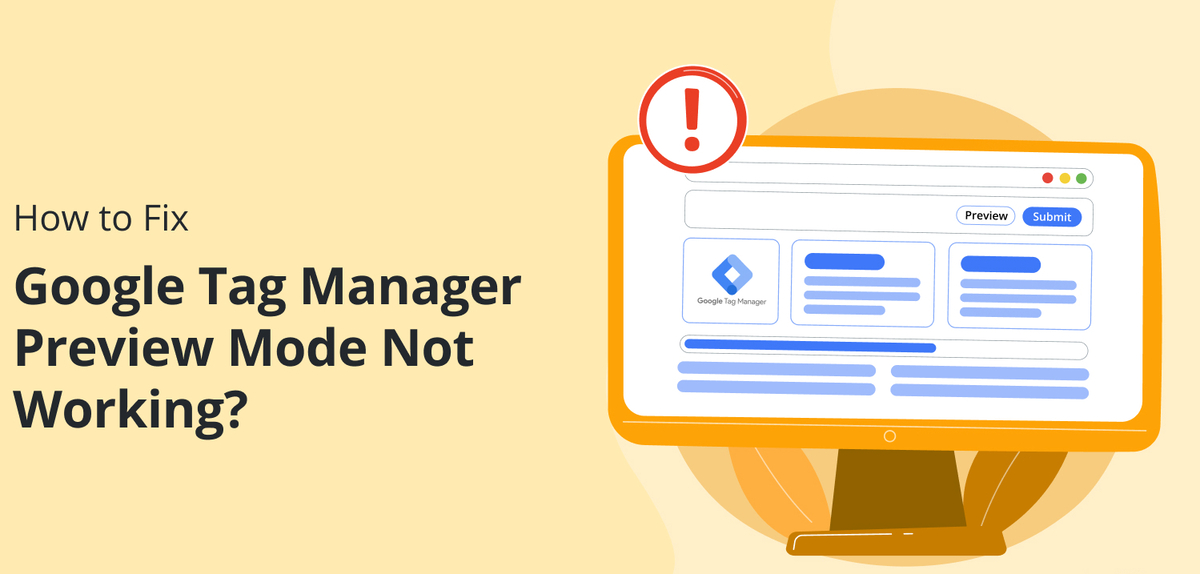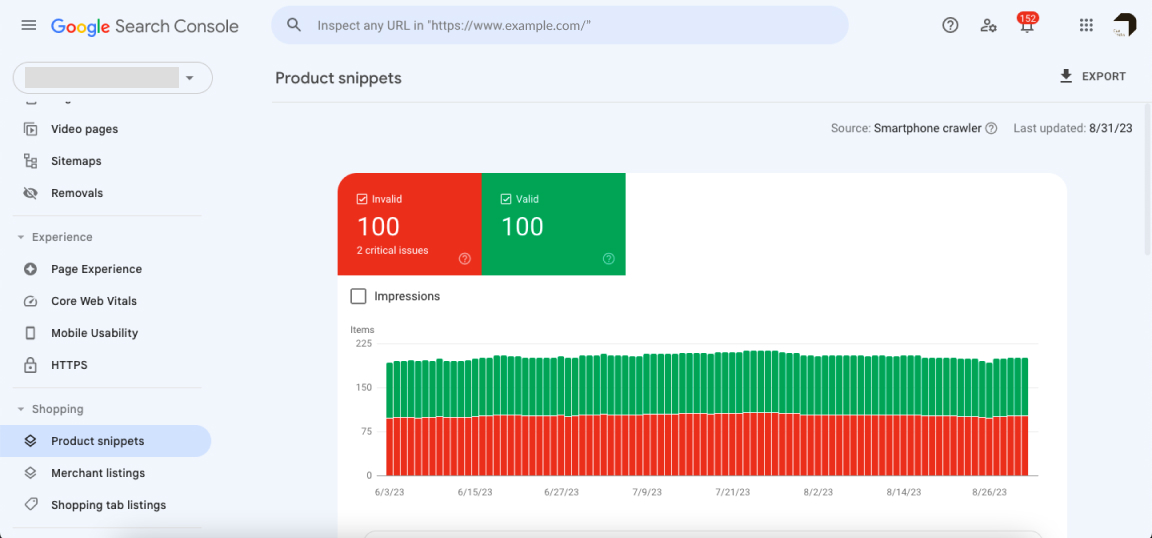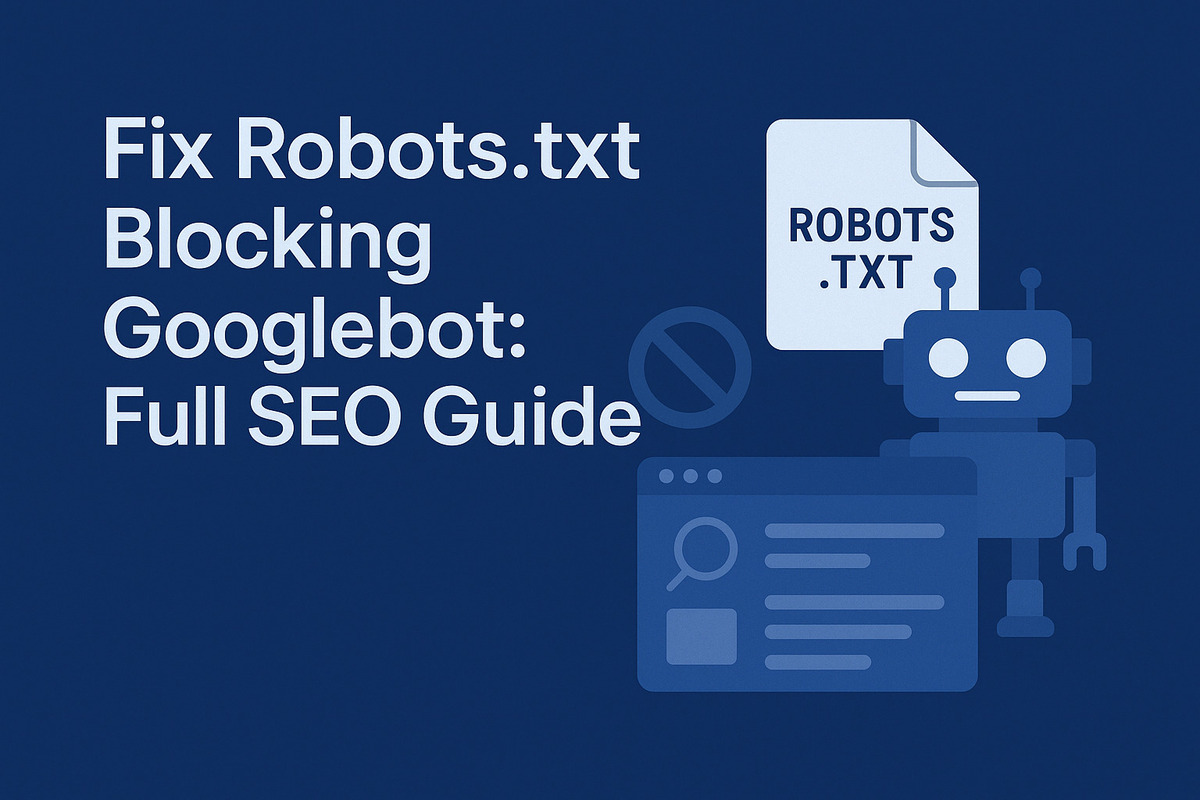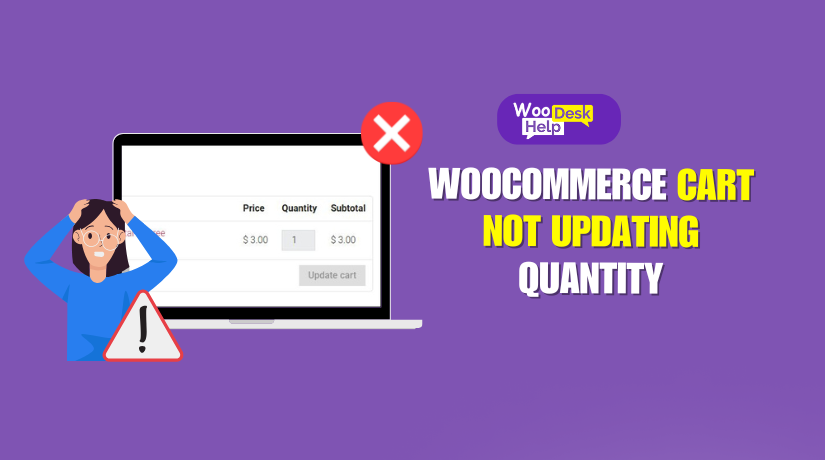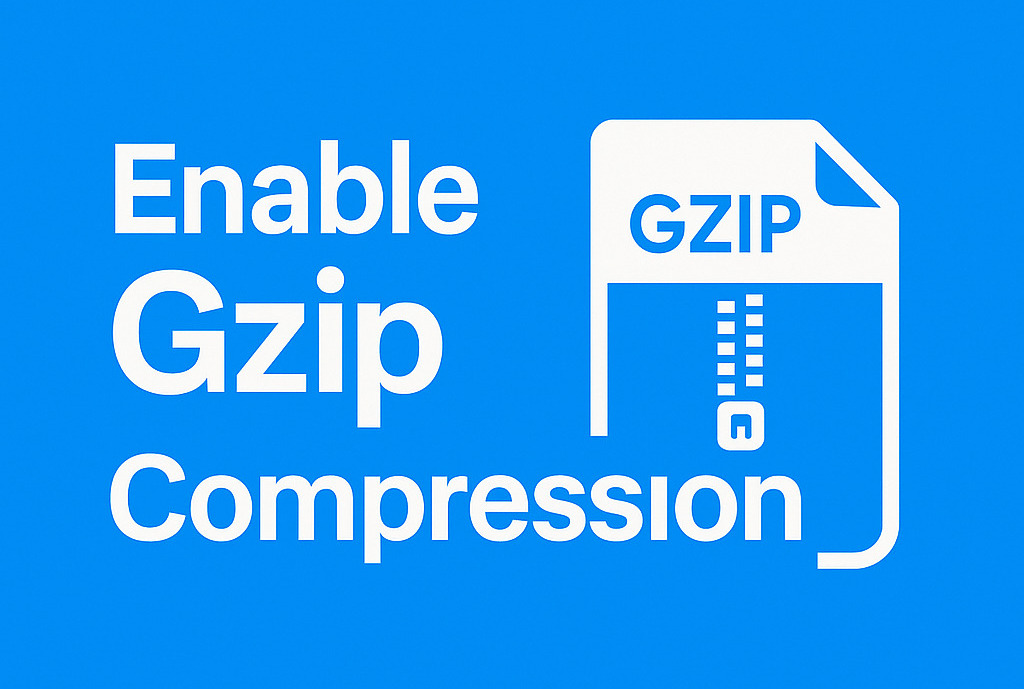Fix wp-json API 403 Forbidden in WordPress (Full Guide)
Learn how to fix the wp-json API 403 Forbidden error in WordPress using PHP, .htaccess, firewall settings, and plugin configurations. This comprehensive guide is for site owners, developers, SEO specialists, and IT teams looking to troubleshoot REST API issues effectively.

Introduction
The WordPress REST API, accessible via the wp-json endpoint, plays a crucial role in how WordPress communicates with its internal and external components. Whether you’re using the Gutenberg editor, a mobile app, WooCommerce, or SEO tools like RankMath or Yoast, the REST API ensures seamless data exchange.

A 403 Forbidden error on the wp-json endpoint means the server has denied access to the REST API. This is a serious issue that can disrupt plugin operations, break frontend functionalities, and even interfere with SEO data retrieval. In this guide, we’ll explore the root causes of this error and how to fix it using proven methods.
What Is the wp-json API and Why It Matters
What is the wp-json Endpoint in WordPress?
The wp-json endpoint is the base path of the WordPress REST API, typically found at:
https://yourdomain.com/wp-json/Code language: JavaScript (javascript)It provides structured JSON responses and allows remote apps, plugins, or scripts to interact with WordPress in a secure and scalable way.
Use Cases That Rely on REST API
- The Gutenberg block editor loads blocks and autosaves content via REST API.
- SEO plugins like RankMath and Yoast access REST routes to manage metadata.
- Mobile apps and frontend frameworks (like React or Vue) depend on it.
- WooCommerce relies on REST API for managing products, carts, and orders.
If wp-json is blocked, many of these features will fail or degrade.
Symptoms of wp-json API 403 Forbidden Error
HTTP Response Code 403
When visiting yourdomain.com/wp-json/, you may receive:
403 ForbiddenThis indicates that your server has received the request but is rejecting it due to permission, firewall, or access control rules.
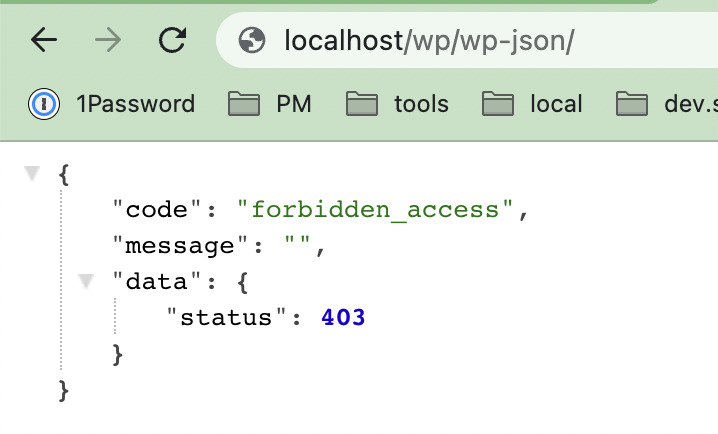
Error Logs and Plugin Messages
- REST API request failed messages in Site Health
- SEO plugins reporting missing API response
- AJAX requests failing silently or logging permission errors
These are all red flags that wp-json access is blocked.
Common Causes of wp-json 403 Forbidden Error
Security Plugins Blocking REST API
Popular WordPress security plugins like Wordfence, iThemes Security, and All In One WP Security often disable or restrict REST API access by default to reduce exposure to attacks.
If the error disappears after disabling these plugins, you’ll need to reconfigure their settings to whitelist REST API endpoints.
ModSecurity or Web Server Firewall
Apache servers with ModSecurity enabled may trigger false positives on wp-json endpoints due to JSON payloads. Common ModSecurity rules that block REST API include 981173, 981257.
Disabling or tweaking these rules may be necessary.
Cloudflare or Other WAFs
Web Application Firewalls (WAFs) like Cloudflare, Sucuri, or Imunify360 may consider REST API traffic suspicious. Cloudflare may block or challenge requests to /wp-json due to heuristic pattern matches.
Adding a bypass rule for /wp-json/ in Cloudflare’s firewall settings often resolves the issue.
.htaccess Rules or NGINX Config
Incorrect or overly restrictive .htaccess rules can block access to REST endpoints:
<Files wp-json>
Deny from all
</Files>Code language: HTML, XML (xml)Similarly, in NGINX, directives like:
location ~ ^/wp-json { deny all; }…may cause a 403 Forbidden error.
CORS Policy or HTTP Auth Restrictions
Cross-Origin Resource Sharing (CORS) misconfigurations are common when accessing REST API from external frontend frameworks. If the origin isn’t allowed, the browser or server will block the request, often with a 403.
You may also see 403 if the API expects authenticated headers (such as JWT, cookies, or basic auth) and they’re missing.
Permission or Capability Restriction
Sometimes, wp-json requires logged-in users or specific capabilities to return data. Plugins or theme functions can block access using this filter:
add_filter( 'rest_authentication_errors', function() {
return new WP_Error( 'rest_disabled', 'REST API disabled', ['status' => 403] );
});Code language: PHP (php)This disables access even when requests are properly formed.
Hosting-Level Blocking
Shared hosting environments or low-cost hosts may restrict access to wp-json for performance or security reasons. These restrictions are often enforced at the server level and can only be resolved via support tickets.
How to Fix wp-json API 403 Forbidden (Step-by-Step)
Step 1: Disable Security Plugins Temporarily
Temporarily disable security-related plugins one at a time and test if wp-json returns normally.
If access is restored, look into plugin settings for options like:
- Disable REST API restrictions
- Allow anonymous access to specific routes
- Whitelist endpoint: /wp-json/
Step 2: Check .htaccess or NGINX Config
Review .htaccess for any lines like:
RewriteRule ^wp-json - [F,L]Code language: CSS (css)Or:
<FilesMatch "wp-json">
Deny from all
</FilesMatch>Code language: HTML, XML (xml)Remove or comment these rules. On NGINX servers, ensure no deny all directive applies to /wp-json/.
Step 3: Whitelist REST API in ModSecurity
If your hosting uses ModSecurity (common in cPanel/WHM environments):
- Access ModSecurity > Domains
- Disable it temporarily for testing
- Or ask your host to whitelist the rule ID causing false positives
You can often find the rule ID in your server’s error logs.
Step 4: Adjust Cloudflare WAF Rules
+) Go to Cloudflare Dashboard > Security > WAF
+) Create a firewall rule:
- Field: URI Path
- Operator: contains
- Value: /wp-json
- Action: Allow
Also, consider disabling “Browser Integrity Check” and set “Security Level” to “Essentially Off” during debugging.
Step 5: Fix CORS or Fetch-related Errors
If using frontend JS to call REST API, ensure headers are set properly. In .htaccess:
<IfModule mod_headers.c>
Header set Access-Control-Allow-Origin "*"
</IfModule>Code language: HTML, XML (xml)Or for NGINX:
add_header 'Access-Control-Allow-Origin' '*';Code language: JavaScript (javascript)Test with authenticated requests if needed.
Step 6: Remove Custom Code Blocking REST API
Check your functions.php and custom plugins for this type of filter:
add_filter( 'rest_authentication_errors', function( $result ) {
return new WP_Error( 'rest_disabled', 'Access Denied', [ 'status' => 403 ] );
});Code language: PHP (php)Remove or modify it to allow legitimate API calls.
Step 7: Contact Hosting Support
If all else fails, your host may be enforcing a block from their firewall or WAF (like Imunify360). Ask them to:
- Review firewall logs
- Whitelist /wp-json/ endpoint
- Disable restrictive ModSecurity rules for your domain
Testing wp-json API After Fixing
Test in Browser or Curl
Run this command in your terminal:
curl -I https://yourdomain.com/wp-json/Code language: JavaScript (javascript)Expect a 200 OK response and JSON content.
Test with Authenticated Requests
Use application passwords or tokens to access private endpoints like:
curl --user "admin:app-password" https://yourdomain.com/wp-json/wp/v2/postsCode language: JavaScript (javascript)Ensure you get a proper list of posts, not a 403.
Best Practices to Avoid wp-json 403 in the Future
- Don’t block REST API globally unless you understand the impact
- After installing security plugins, re-test /wp-json/ manually
- Keep .htaccess backups before editing
- Use proper CORS headers if making cross-origin requests
- Avoid custom filters that interfere with rest_authentication_errors unless necessary
- Document any firewall or WAF changes made for future reference
Conclusion
The wp-json 403 Forbidden error is more than just a minor nuisance — it can break essential functionality for your plugins, themes, mobile apps, and SEO tools. Fortunately, the issue is usually caused by security layers, plugin misconfigurations, or server rules.
By methodically testing and fixing each potential layer — plugin, .htaccess, ModSecurity, Cloudflare, CORS, and PHP filters — you can safely restore access to your REST API and prevent future issues. If you’re unsure, don’t hesitate to involve your hosting provider or technical SEO team.

